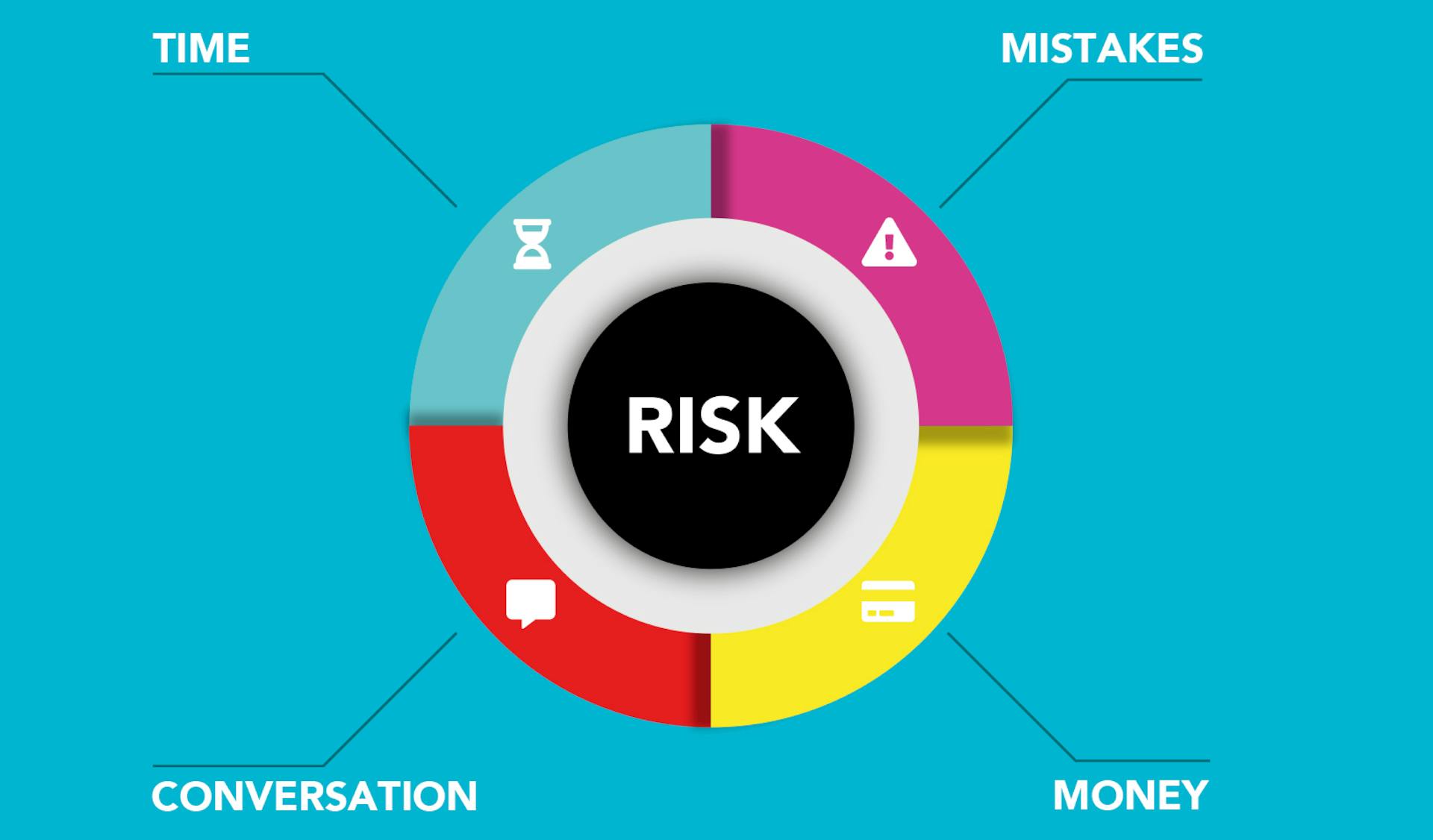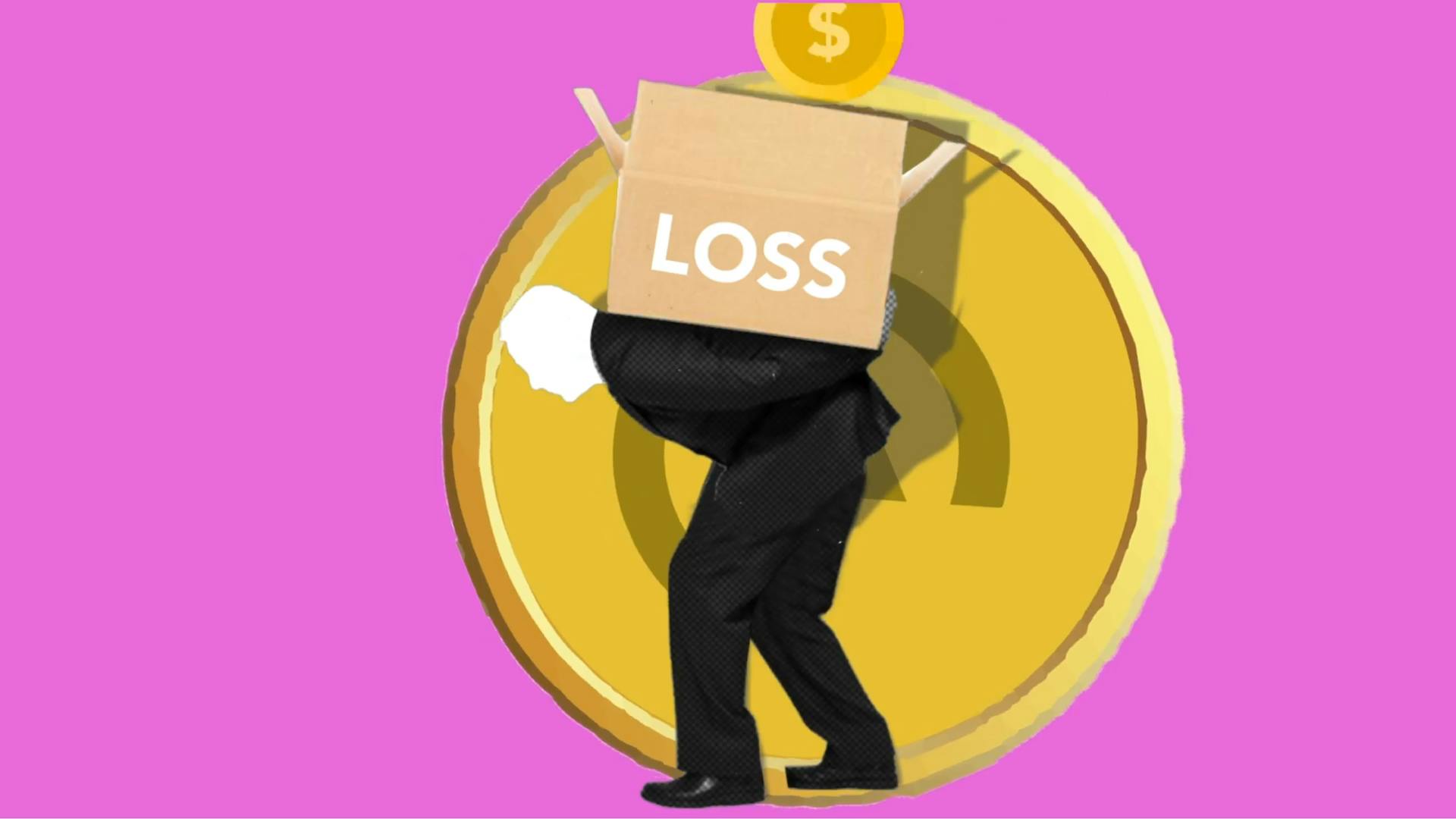
Expected Credit Loss IFRS 9 is a complex topic, but don't worry, we'll break it down in a way that's easy to understand.
IFRS 9 introduces a new approach to measuring expected credit losses, which is a significant change from the previous IAS 39 standard. This new approach requires financial institutions to estimate the lifetime expected credit losses for financial assets.
The expected credit loss model is based on the probability of default (PD) and the loss given default (LGD), which are used to estimate the expected credit loss. The PD is the probability that a borrower will default on a loan, while the LGD is the percentage of the loan amount that will be lost if the borrower defaults.
Financial institutions must use a combination of historical data, macroeconomic factors, and other relevant information to estimate the PD and LGD.
For another approach, see: Financial Institution Routing Transit Number
What's the Issue?
The issue with expected credit loss under IFRS 9 is that companies are required to measure impairment of financial assets using the expected credit loss model, which means they need to account for what they expect the loss to be on the first reporting date after they raise the invoice.
Suggestion: Current Expected Credit Losses

Companies are required to consider how current and future economic conditions impact the amount of loss, which is known as expected credit losses (ECLs). This includes looking at the impact of events like geopolitical unrest, natural disasters, climate effects, or inflationary pressures.
The simplified model for measuring ECLs on trade receivables uses provisioning matrices based on historical data, which are adjusted to incorporate reasonable and supportable information available at the reporting date.
Certain assumptions used in the ECL estimate, such as segmentation of a portfolio or the effective interest rate used to discount expected future cash flows, may no longer be appropriate in changing economic conditions and may need revising.
Borrower-specific attributes, past events, current conditions, and forecasts of future economic conditions are all considered when measuring expected credit losses.
Climate-related risks, such as physical risks and transition risks, may impact expected cash flows and the lender's exposure to credit losses.
To avoid double counting risks, measurement of ECL must consider all relevant factors, including borrower-specific attributes, physical risks, and transition risks.
See what others are reading: Expected Shortfall
Getting into Details

Getting into details, we find that the impact of climate-related risks on Expected Credit Loss (ECL) varies depending on their expected severity and timing, direct and indirect impacts on the borrower and on the lender's loan portfolio, and the duration of the loan portfolio.
The measurement of ECL may be impacted by borrower-specific climate-related risks, such as physical risks like wildfires or floods, which can negatively affect a borrower's ability to repay a loan. The value of any underlying collateral may be impaired by such events.
Transition risks may impact borrowers who see their business strategies being materially disrupted, leading to higher costs of doing business and reduced profitability, increased product obsolescence, the potential for stranded assets, and loss of market capitalization.
The impact of both physical and transition risks on the wider macroeconomic environment, including macroeconomic variables such as GDP and unemployment rates, is difficult to predict and depends on the severity and timing of such events.
Lenders may need to consider the impacts of climate-related risks from both a portfolio perspective and a borrower perspective.
How ECL Works

ECL works by determining the stage of a financial asset, which in turn affects how expected credit losses (ECL) are recognized and how interest income is accounted for. There are three stages: stage 1, where credit risk has not increased significantly since initial recognition; stage 2, where credit risk has increased significantly; and stage 3, where the financial asset is credit impaired.
For stage 1, entities recognize 12-month ECL and interest income is recognized on a gross basis. In stage 2, entities recognize lifetime ECL, but interest income is still recognized on a gross basis. In stage 3, entities also recognize lifetime ECL, but interest income is recognized on a net basis.
Here's a summary of the three stages:
Entities must determine whether there has been a significant deterioration in credit risk since origination, which affects the amount of ECL recognized. This decision point is critical in implementing IFRS 9, as it determines whether a financial asset is in stage 1 or stage 2/stage 3.
Asu 2016-13 Implementation Opportunities

Implementing ASU 2016-13 requires careful planning, especially for institutions with dual filing requirements. This means considering where the requirements between FASB's and IASB's credit impairment models intersect.
To identify potential opportunities for gaining implementation efficiencies, you should examine the synopsis, significant credit deterioration, data requirements, unit of account, and measuring ECL.
The synopsis of ASU 2016-13 is a crucial starting point for implementation. It provides a summary of the standard's key features and requirements.
Significant credit deterioration is a key aspect of the credit impairment model. This refers to the point at which a credit becomes impaired, requiring a different accounting treatment.
Data requirements are essential for implementing ASU 2016-13. This includes collecting and analyzing data on credit exposures, credit losses, and other relevant metrics.
The unit of account is another critical aspect of the credit impairment model. This refers to the level at which credit impairment is measured, such as an individual loan or a portfolio of loans.
Measuring ECL (Expected Credit Loss) is a key requirement of ASU 2016-13. This involves estimating the expected credit losses on a credit exposure over its lifetime.
Worth a look: Key Bank Routing Number for Buffalo Ny
Actions for Management
Management has several key actions to take now to ensure accurate expected credit loss (ECL) measurements. One crucial step is to assess how to incorporate forward-looking information reflecting economic uncertainty when measuring ECLs for trade receivables.
You should consider whether the segmentation applied to measure ECLs appropriately captures the different types of customers or regions affected in different ways by economic uncertainty. This requires a thorough review of your current ECL model to ensure it's capturing the nuances of the economic environment.
To ensure accurate ECL measurements, consider how to incorporate the impact of any credit insurance, new legislation, and government support. This may involve collaborating with your credit insurance provider or reviewing new laws and regulations.
Management should also consider whether the measurement of ECL appropriately captures the types of customers, industries, or geographies that are particularly impacted by the economic effects of climate change. This requires monitoring for any further acceleration of changes associated with climate-related risk.
Consider reading: Different Types of Commercial Loans

You may need to adjust the economic scenarios and/or macroeconomic factors to account for climate-related risks. This could involve consulting with experts in climate-related risk and adjusting your ECL model accordingly.
In some cases, risks may have been double counted by considering the extent to which the risks might already be captured directly or indirectly through ECL model inputs such as credit spreads, PDs, LGDs, and other factors. Management should review their ECL model to ensure this isn't happening.
To stay on top of climate-related risks, highlight credit risk policies and concentrations of credit risk in sectors that are more exposed to these risks. This will help management make informed decisions about their ECL measurements.
To provide clear and meaningful disclosures, management should highlight significant judgements, assumptions, and estimates made in their ECL measurements. This will help stakeholders understand the basis for their ECL measurements.
Recommended read: Four Corners Model for Payment Security
Disclosures and Adoption
Under IFRS 7 Financial Instruments: Disclosures, companies are required to disclose qualitative and quantitative financial information to evaluate the nature and extent of risks arising from financial instruments.
Here's an interesting read: Financial Institution Routing Number

This information enables users of financial statements to assess how the company has managed these risks. The extent of disclosure depends on the company's exposure to risks arising from financial instruments.
Companies with significant exposure to climate-related risks may need to disclose specific information, such as the significant judgements made by management in assessing the impact of climate-related risks on Expected Credit Loss (ECL).
They may also need to highlight their credit risk policies and concentrations of credit risk to sectors more exposed to climate-related risks. This information can be crucial for lenders to consider when evaluating credit risk policies.
Here are some key disclosures that companies may need to make:
- Significant judgements made by management in assessing the impact of climate-related risks on ECL
- Main areas of ECL impacted by climate-related risks
- Key climate-related areas of estimation uncertainty impacting ECL
Entity Fit
To determine the best approach for calculating Expected Credit Losses (ECLs), entities need to consider the type and characteristics of their financial assets.
The two permitted approaches under IFRS 9 are the general approach and the simplified approach.
The general approach is complex and involves calculating the probability of default, considering significant increases in credit risk, and using forward-looking macro-economic information.
The simplified approach is a more straightforward option that involves calculating historical loss rates.
Consider reading: Internal Ratings-based Approach (credit Risk)
Impact on Adoption

The adoption of IFRS 9 will bring about significant changes in how credit losses are recognized and reported. IFRS 9 replaces the incurred loss model with a forward-looking ECL model, which considers historic, current, and forward-looking information.
This change will result in the earlier recognition of credit losses, as entities will no longer wait for an incurred loss event to occur before recognizing credit losses. The scope of the impairment requirements has also been expanded to include certain issued loan commitments and financial guarantees.
There are three different approaches to applying the new ECL model: the simplified approach, the general approach, and the purchased or originated credit impaired approach. The simplified approach is applied to trade receivables, contract assets, and lease receivables.
The general approach is applied to all financial assets classified at amortised cost or fair value through other comprehensive income for debt, as well as issued loan commitments and financial guarantees within the scope of the new requirements. This approach is more complex and requires a deeper understanding of the new model.
A unique perspective: Merton Model

Here are the three approaches to applying the ECL model:
Understanding these approaches is crucial for entities to comply with the new requirements and provide accurate disclosures to stakeholders.
The Calculation Process
The calculation process for expected credit loss under IFRS 9 is quite straightforward. It involves multiplying three key functions: EAD (exposure at default), PD (probability of default), and LGD (loss given default).
The ECL is calculated as EAD x PD x LGD. This is the core formula that gives you the expected credit loss.
There are two possible timeframes for this calculation: 12 months or the lifetime of the financial asset. The choice depends on whether there's been a significant increase in credit risk since the initial recognition date.
If the credit loss is calculated on a 12-month basis, it's based on historical credit losses over that period. However, if the calculation is done over the lifetime of the asset, it's derived from historical losses over the asset's entire life.
The PD calculated on a lifetime basis will always be higher than the PD calculated over 12 months. This is because it takes into account the entire life of the asset, not just a short period.
Suggestion: 12 Month Introductory Rate Heloc
The Simplified Approach

The Simplified Approach is a method used by some entities to calculate expected credit losses under IFRS 9. This approach is specifically designed for entities with trade receivables, contract assets, and lease receivables.
For trade receivables that don't contain a significant financing component, the loss allowance is measured as equivalent to lifetime ECLs, because they're typically due within 12 months. This means the 12-month ECL and lifetime ECL would be the same.
Entities can choose between the simplified approach and the general approach for trade receivables or contract assets that contain a significant financing component, and for lease receivables.
Intriguing read: IAS 12
Sources
- https://kpmg.com/xx/en/our-insights/ifrg/2024/frut-financial-instruments-2g.html
- https://kpmg.com/xx/en/our-insights/ifrg/2024/climatechange-ifrs9-ecl.html
- https://www.bdo.co.uk/en-gb/insights/business-edge/business-edge-2017/ifrs-9-explained-the-new-expected
- https://www2.deloitte.com/us/en/pages/advisory/articles/implementing-ifrs9-cecl-expected-credit-losses.html
- https://www.pkf-l.com/insights/ifrs-9-the-two-ways-of-calculating-ecls/
Featured Images: pexels.com


